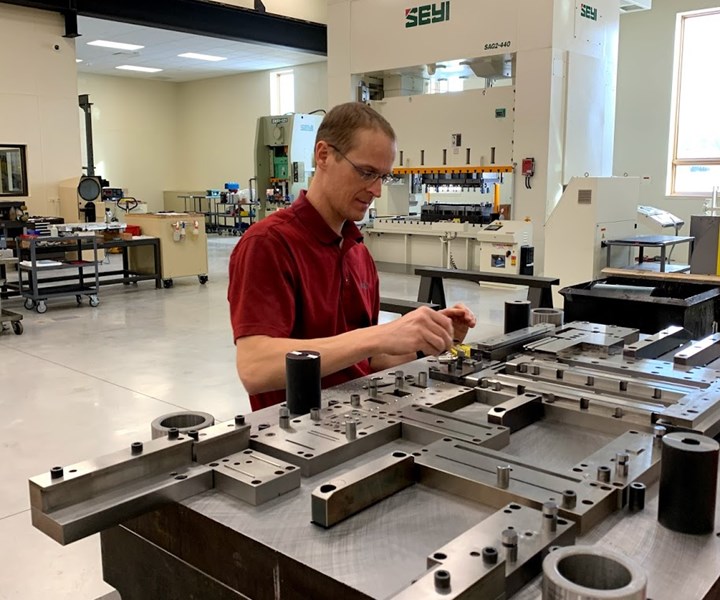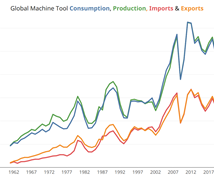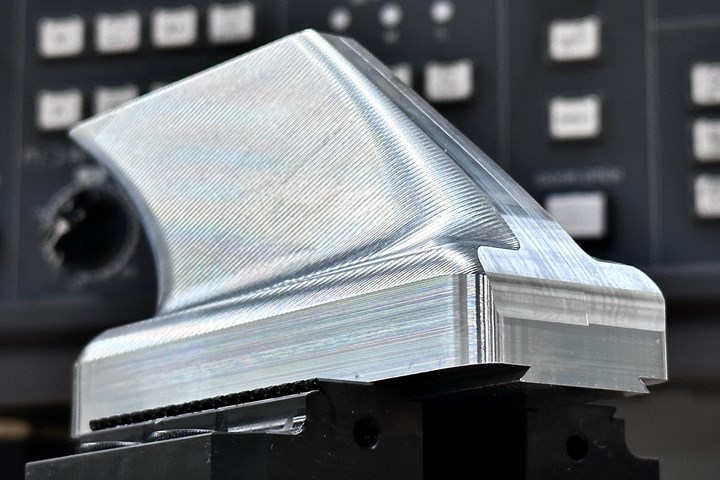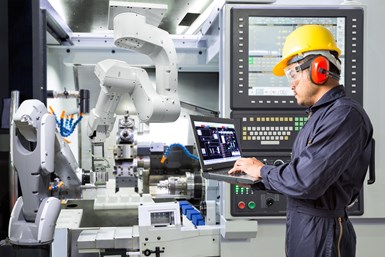Die Makers Adapt to Challenges All Machine Shops Face
Die shops offer examples of adapting to the skills shortage and excelling at difficult machining. Plus, why reshoring should begin with die tooling.
#zaxis

An example of a die maker significantly rethinking its processes and system is Otto Engineering. Find a link to our article about this shop below.
When I find myself in the position of explaining CNC machining to an outsider — that is, explaining what a machine tool is and how it connects to metalworking and manufacturing — I typically point to a metal component such as a car part to make the point that parts such as this are made by machine tools precisely cutting metal.
However, that explanation overlooks an important step. For many production parts, CNC machining makes the die tooling, and it is this die that makes the part. Given the variety and volume of parts produced through stamping, forming and other die-dependent processes, machining’s use in die making is an important aspect of the role machining plays. And an underappreciated one.
Featured Content
Indeed, die making is often underappreciated even when we give consideration to tooling. Because dies and molds are closely related, “die/mold machining” is routinely lumped together as a single category. But molds are most commonly associated with plastics while dies are for metal. Part of a younger industry and one that is still advancing more quickly, mold making is the flashy newcomer of the tooling scene.
Perhaps it is time for dies to get their due.
Recognizing this, we’ve recently posted a selection of pieces that reflect an appreciation for die machining. It is an appreciation that is well-deserved, as these posts describe how die making is leading the way in facing extreme versions of challenges that all machine shops confront.
One of these challenges relates to skilled personnel. How do shops deal with the now-familiar fact that employees with machining skill and experience are scarce? Consider: While machining skill is scarce, die making skill is rarer still. Otto Engineering responded to this fact by reinventing its process to use die-making specialists only where those employees can deliver the most value.
Then, there are the challenges of the machining itself. A die is an assembly of precision metal components that sees rigorous service — high forces at high frequency. Surface hardness is often a critical requirement. That hardness poses machining challenges for die makers equal to or beyond those of most other shops. Die maker and fineblanking specialist Feintool illustrates one response, describing the system it has found for not only achieving effective hard milling, but doing so within a process expected to run lights out.
Finally, there are important concerns around die making that are bigger than any shop. Our consideration of the topic now could not be more timely. As we’ve covered in recent issues, the disruptions of 2020 have turned attention to supply chain vulnerabilities and the value of reshoring vital manufacturing. Yet any discussion of reshoring must begin with tooling, the vital enabler to production that, over the last two decades, has increasingly been made overseas. A nation in control of its manufacturing must produce its own tools. We recently produced a video to bring greater attention to this very point: a discussion among experts making the case for the importance of domestic tool manufacturing. Watch that video, and please share it, because a very good outcome of a heightened appreciation for die making would be assuring that the U.S. remains strong and gets stronger in this capability.
RELATED CONTENT
-
10 Things to Know About Creep-Feed Grinding
Because of the high material removal rate creep-feed grinding can deliver in challenging materials, grinding might not be just the last step in the process—it might be the process.
-
An Introduction to Superfinishing
Learn what superfinishing is, what applications it should be used for and why you should take care when specifying surface finish parameters.
-
Understanding Circle-Segment Milling Tools
The circle-segment cutter represents a class of milling tool in which the CAM software is key for using the tool effectively. Cutting profiles presented at the proper angles realize cycle-time reductions in contoured workpieces such as molds. A CAM company engineer discusses the role of this tooling.


.jpg;width=70;height=70;mode=crop)





.1692800306885.png)




.1687801407690.png)
